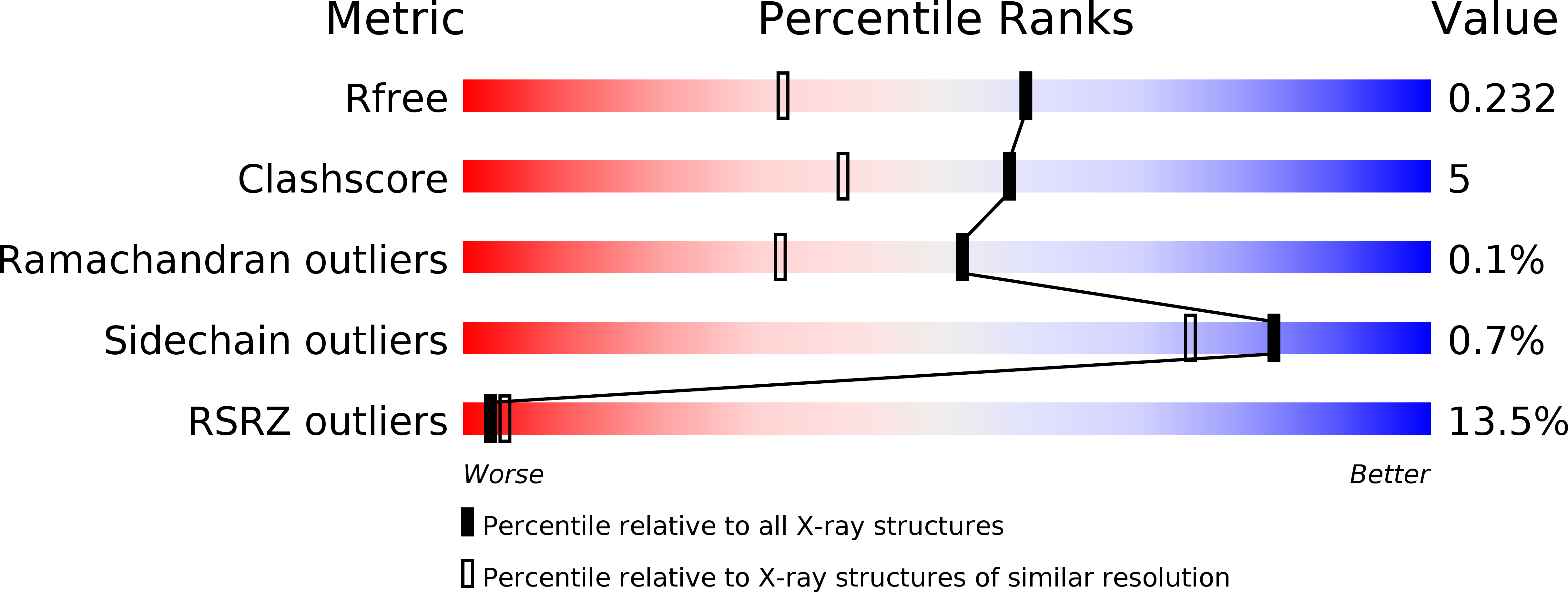
Deposition Date
2010-01-05
Release Date
2010-11-17
Last Version Date
2023-09-06
Method Details:
Experimental Method:
Resolution:
1.75 Å
R-Value Free:
0.23
R-Value Work:
0.20
R-Value Observed:
0.21
Space Group:
P 21 21 21


